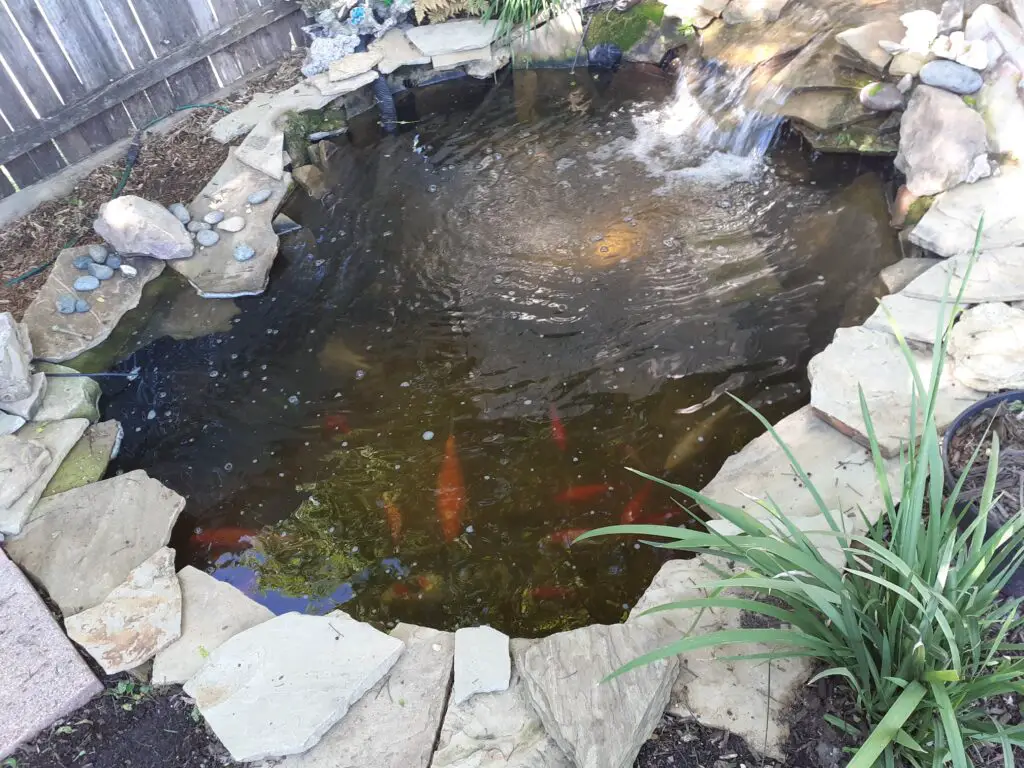
Koi fish are colorful versions of the common carp. Together with goldfish, Koi are considered the most popular freshwater fish worldwide. During the 19th century, it is said that colorful carp were caught by Japanese fishermen who sold them to farmers for breeding. Over the years, Koi were bred to emphasize their exquisite colors.
Koi are freshwater fish and should not be kept in saltwater for long periods. While controlling amounts of salt in Koi ponds is beneficial because salt protects the fish from parasites and bacteria and helps it recover from sickness, overusing salt may harm and even kill your Koi.
In this discussion, I will discuss the correct use of salt in your koi pond, explain the positive effect salt has on the fish, consider ways to monitor the amount of salt in the pond, and consider a few alternatives to salt.
Pro Tip: If you’re tired of wasting money and making costly mistakes on the koi-keeping hobby or are thinking about buying koi fish but don’t know where to start, I strongly suggest you check out this ebook. I recently read this ebook, and it contains SO much useful information, such as:
- 3 proven steps to identify koi fish diseases
- WARNING: 3 things you should NEVER do when it comes to caring for koi
- When to seek professional help when it comes to looking after your koi
Freshwater Or Saltwater – Which Is Best For Koi?
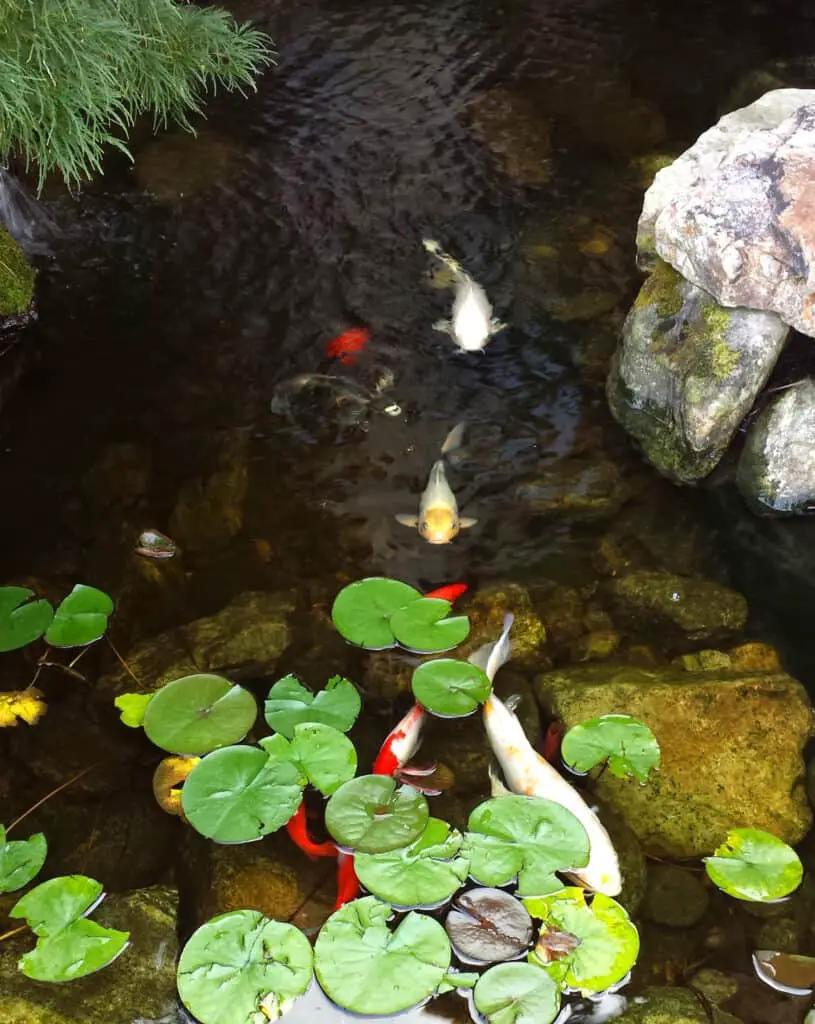
The simple rule of thumb is that Koi are carp, and carp is a freshwater fish. Carp is native to central Asia but is also bred and farmed in Europe and the Middle East. For that reason, it is recommended that Koi be put in a freshwater pond, and one can surmise that freshwater is best for Koi.
Salt, however, is an essential naturally occurring mineral. For Koi, just as for other animals, salt is beneficial in eliminating bacteria and parasites. Salt bolsters the Koi’s defense mechanism, adds important electrolytes to the pond, and limits the damage caused by the fish’s exposure to nitrites in the pond.
The common wisdom is that salt is good for Koi if kept under strict control. It follows then that koi ponds should be freshwater ponds, with the correct addition of salt. Notably, many other pond treatments have become available to pond owners as an alternative or addition to salt.
Should I Put Salt In My Koi Pond?
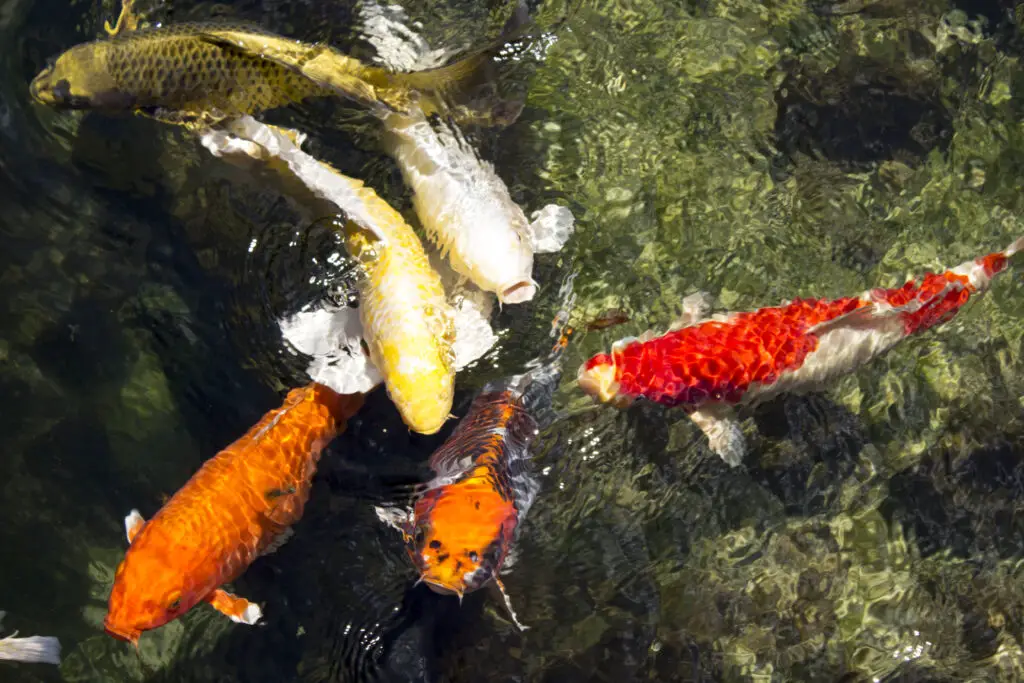
How necessary is it to put salt into your freshwater koi pond? As discussed, salt is a necessary pond treatment. In addition to serving as a protector from bacteria and parasites, salt also helps the Koi overcome disease and deal with stress. The last function warrants a closer look, as it helps to understand why one should put salt in the koi pond.
The internal salt concentration in Koi – and most other fish – is higher than the concentration of salt in the water around them. This results in water transfer from the pond into the fish’s body. Adding salt to the pond increases the salinity of the water and reduces the water transfer onto the tissues of the Koi.
Salt is safe and beneficial to Koi and other pond fishes. Salt is known to eliminate 77% of commonly found pond parasites and bolster the production of mucus in the outer-skin cells of the Koi. This secreted coat of mucus serves as a protective layer, a shield of sorts from parasites, bacteria, etc.
Remember that adding too much salt will have the exact opposite effect, as the water in the Koi’s body, now lower in salinity than the water in the pond, will pour out into the pond and cause the fish to die of dehydration. In addition, too much salt may damage and even destroy plants in the pond, especially non-floating plants.
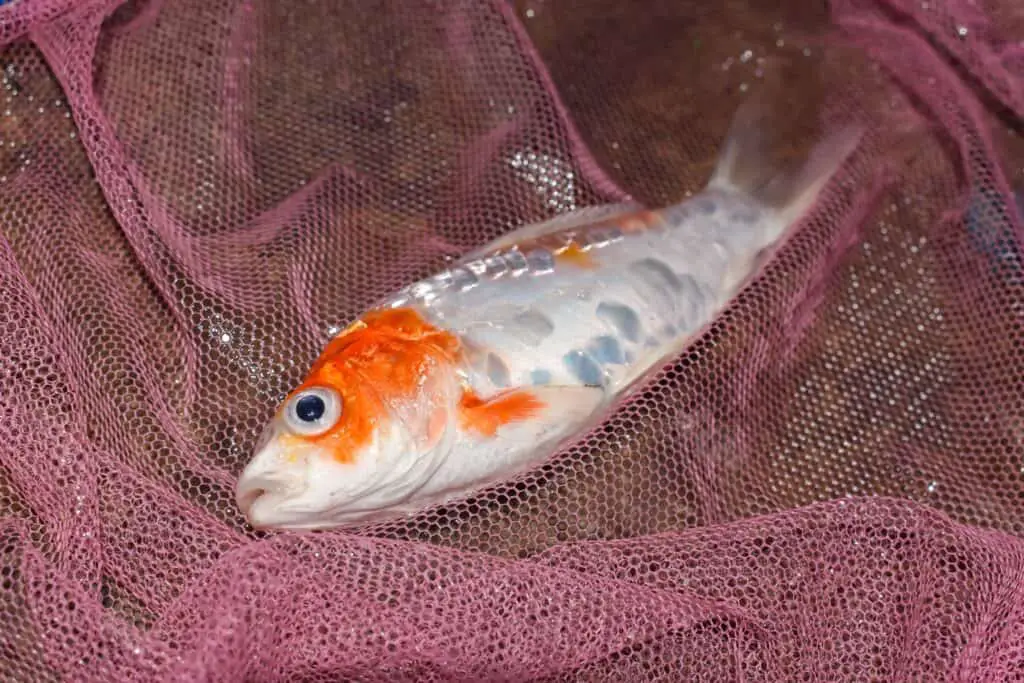
Generally, it is recommended to use 0.4 oz of salt for every 1/4 gallon of water. It is recommended to add a small amount of salt over time and treat the pond only once with enough salt to match the pond’s total capacity, for example, by adding 2.2 lb. of salt to 265 gallons of water.
The most efficient way to add salt to the pond is to mix the correct amount of salt with enough water in a large bucket and pour the mix in small doses into the pond over 3 or 4 days. The best salt to use is Non-iodized salt, Sodium Chloride (NaCl). The salt must not contain any additives that may be hazardous to the fish.
Lastly, you can use salt to kill algae and parasites on new fish or plants you are introducing to the pond. Use 1 pound of salt in 5 gallons of water, and dip the fish or plants in the solution for 15 seconds, leaving the newcomers in a quarantine tank before relocating them to the pond. Salt kills the algae and reduces the toxicity of nitrates.
Some seek (or offer) an alternative to koi pond salt. In truth, even if such an alternative exists, it is unnecessary. Salt is a naturally occurring mineral. It is known to eliminate 77% of known pond parasites effectively, it is free of chemicals (that is, you must make sure that you get additive-free salt), and it never breaks down or disappears.
How Do I Check The Salt Level In My Koi Pond?
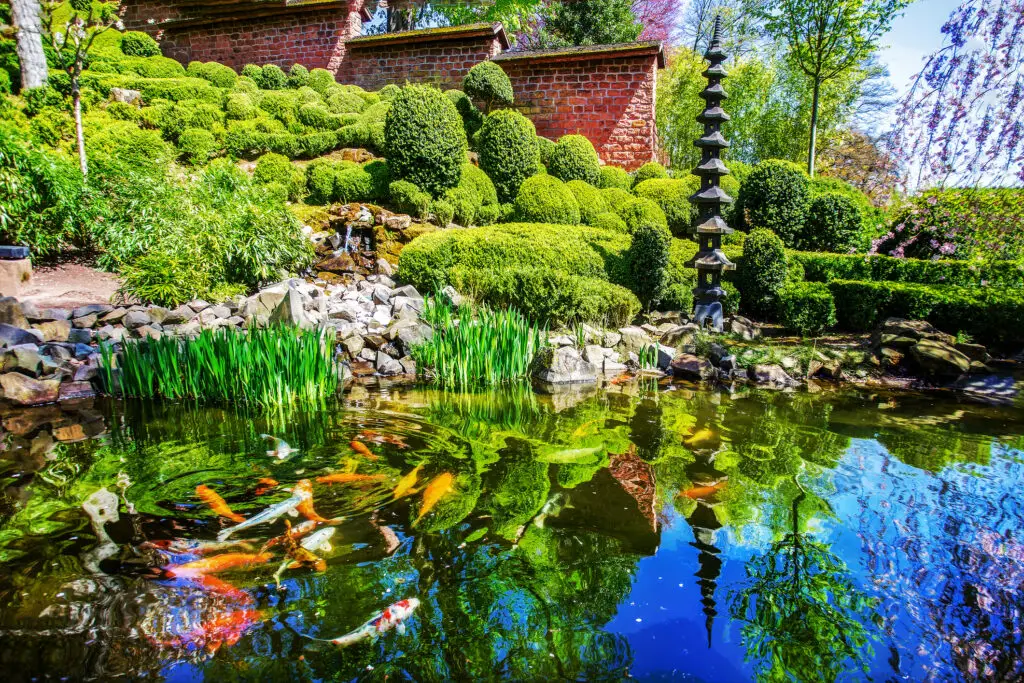
Salt level, or salinity, is the quantity of salt dissolved in water, measured in parts per thousand (ppt) and, sometimes, in percentage. A healthy koi pond shows salinity levels of between 1 and 2.5 ppt, or 0.1% and 0.25%. Use a salinity tester (also known as a salinity meter) to check the salt level in your koi pond.
Salinity testers are as simple to operate as a thermometer. They usually float on or are plunged into the pond and display salinity figures as ppt or percentage. The tester’s LCD shows current salinity levels and alerts you when intervention is required. When adding salt to the pond, use the tester to monitor salinity levels.
You need to test the salinity of water in the koi pond when setting up the pond for the first time and whenever you change the water in the pond. While water evaporates from the pond, salt doesn’t, so – no additional salt is required unless the water is added-in. No additional salt is required when water is added to the pond to replace evaporated water.
Salt may be added above the 0.25% limit when many sick fishes are in the pond. If only a few fishes are sick and can be detected and taken out, experts recommend creating a quarantine tank for these fishes and keeping the salt levels between 3% and 6% salt per 100 gallons of water.
Will Adding Salt To My Koi Pond Harm The Plants?
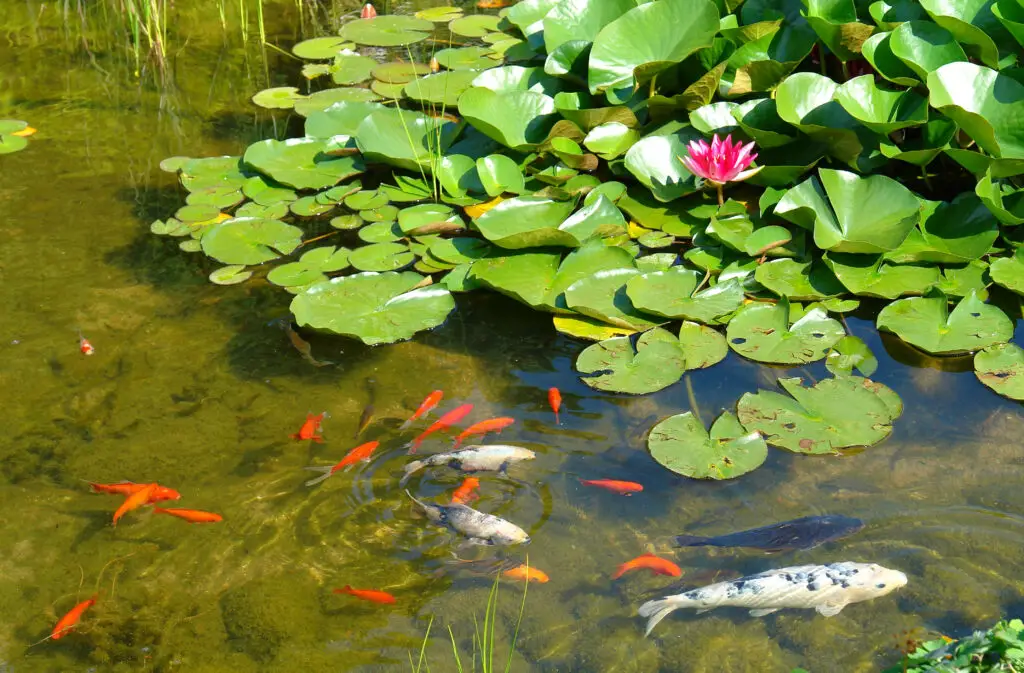
So far, we have looked at the benefits and drawbacks of adding salt to your koi pond from the fish’s point of view. How does salt affect the plants in the pond, aside from the general observation that floating plants are less sensitive to plants than submerged ones?
The rule of thumb here is that the plants in your ponds are less resilient than the Koi, as far as salt is concerned. Popular water plants such as water hyacinths, snowflakes, water lettuce, water mint, water lilies, water clover, or blue rush may not tolerate elevated salt levels.
It is, therefore, usually recommended to relocate your plants elsewhere when adding salt. Strict observers recommend avoiding growing water plants in koi ponds. Most solutions bolster the delicate balance between fish, plants, and salt by combining the controlled application of salt with quarantining sick fishes and moving sensitive plants out of the pond.
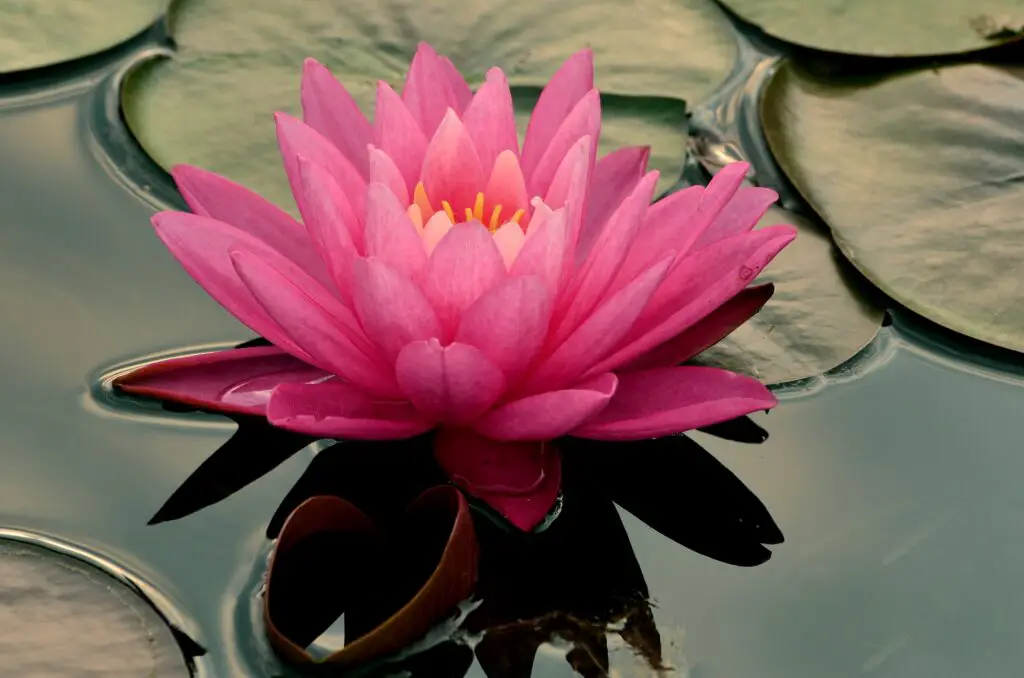
Conclusion
Koi is a freshwater fish. Therefore, it would be more suited to a freshwater pond than a saltwater one. At the same time, salt is quite beneficial to the Koi; when applied to freshwater in the correct quantities and providing that salinity levels in the pond are tested to ensure it remains within required limits.
When the Koi in the pond show signs of illness or distress, adding salt will help to improve the health of the fish. Here, salt must be added judiciously, and salinity levels must be measured and maintained. If possible, rather move the sick fish to a quarantine tank than upset the salinity balance in the tank.
References
https://homeguides.sfgate.com/use-salt-garden-pond-48093.html
https://animals.mom.com/how-much-salt-is-needed-for-a-fish-pond-12436725.html
https://www.kodamakoifarm.com/benefits-salt-koi-pond-why-should-use-it /


